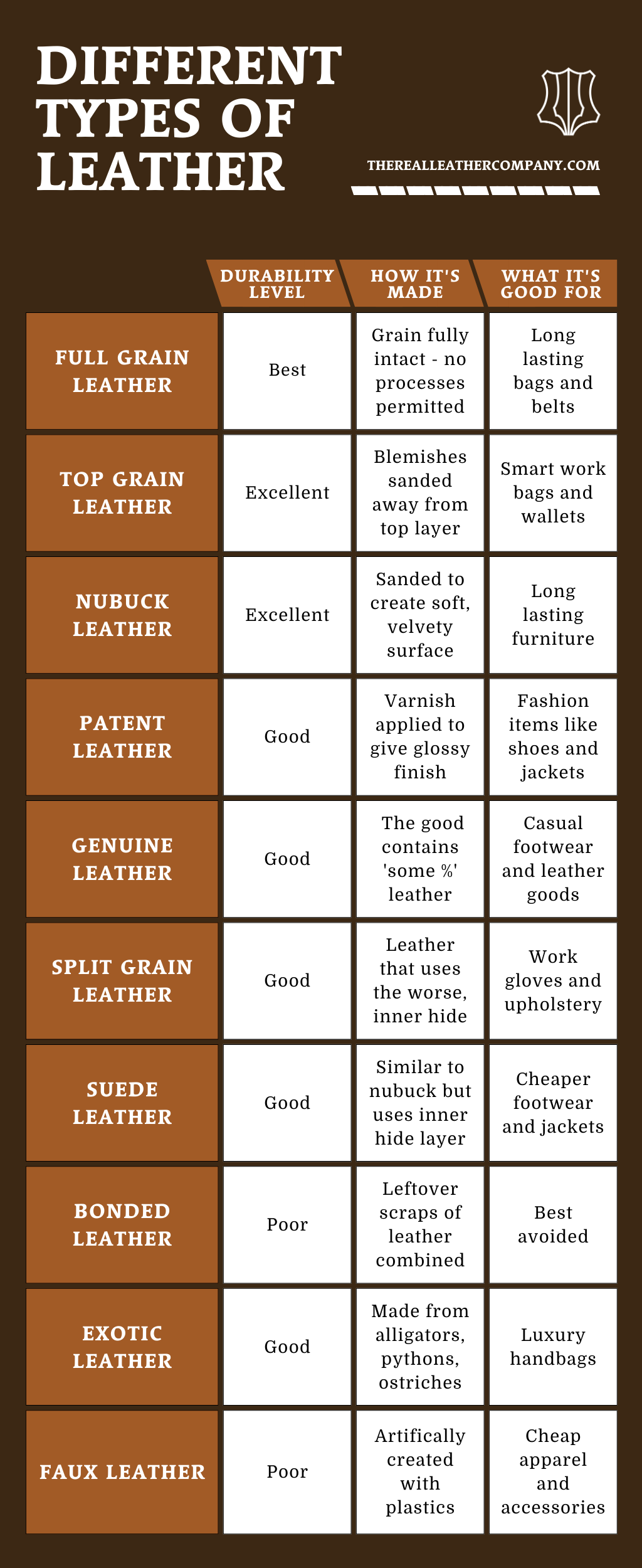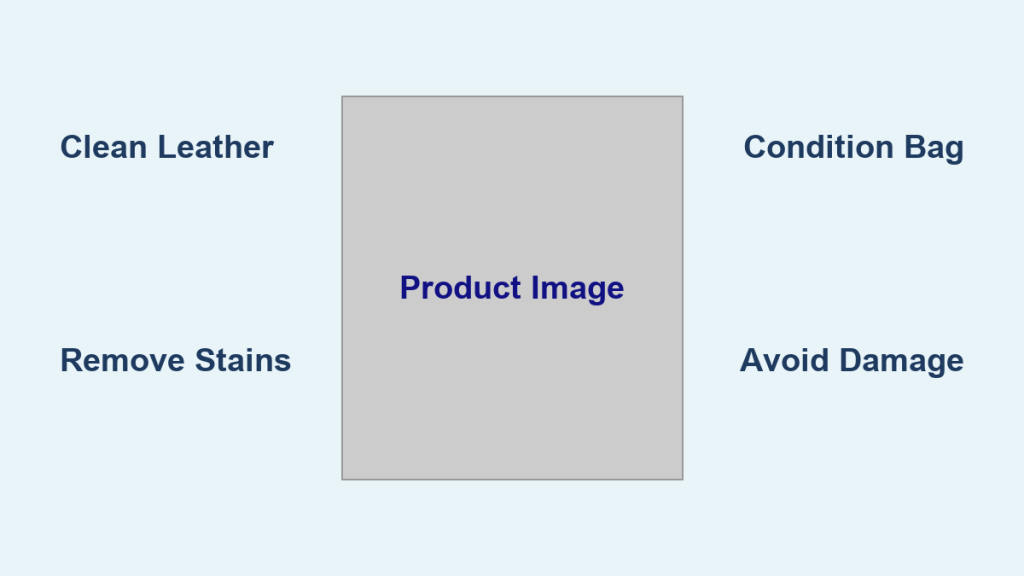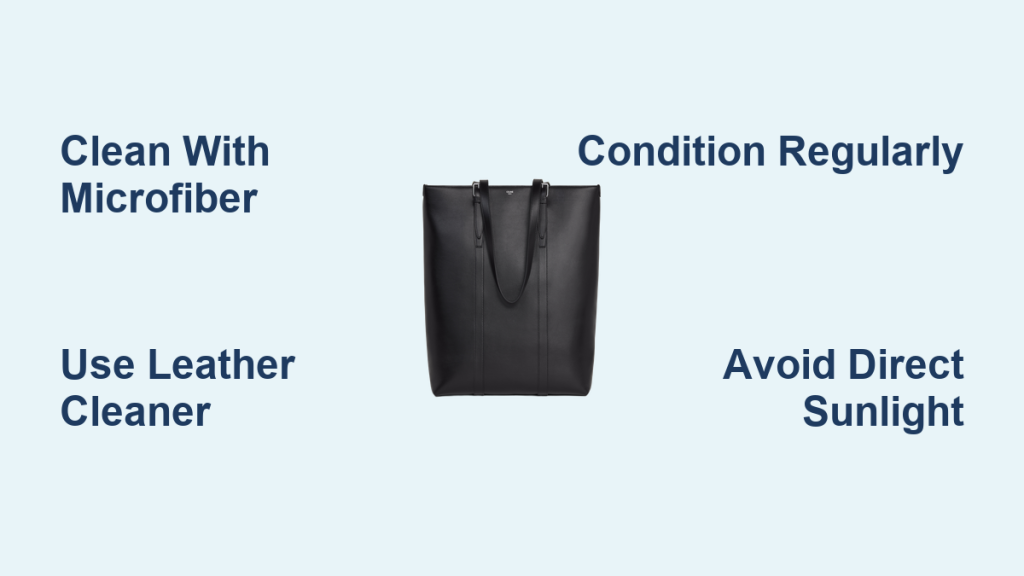Are you worried about stains, scuffs, or general wear and tear on your beloved Fendi leather bag? It’s understandable – a Fendi bag is an investment! Fortunately, with the right techniques, you can keep your bag looking pristine for years to come. This guide starts with a quick fix for minor dirt and grime, and then dives into a detailed process for tackling tougher stains and maintaining the leather’s luxurious condition.
This guide will cover everything from identifying your leather type to choosing the right cleaning products, step-by-step cleaning instructions, conditioning, and preventative care. We’ll address common issues like ink stains, watermarks, and color transfer, ensuring you have the knowledge to confidently restore and protect your Fendi bag, no matter the challenge. By the end of this article, you’ll be equipped to handle most cleaning needs yourself, saving you time and money.
Understanding Your Fendi Leather

Before you begin, it’s crucial to identify the type of leather your bag is made from. Fendi uses various leathers, each requiring a slightly different approach.
- Pebbled Leather: Durable and textured, this is a common choice for everyday bags. It’s relatively easy to clean.
- Smooth Leather (Calfskin): More delicate and prone to scratches. Requires gentle handling and specialized cleaners.
- Suede: Extremely sensitive and requires professional cleaning for most stains. Avoid getting it wet.
- Patent Leather: Shiny and prone to fingerprints. Requires specific patent leather cleaners.
- Exotic Leathers (Crocodile, Python): These require professional cleaning only. Do not attempt to clean them yourself.
If you’re unsure of the leather type, check the Fendi care booklet that came with your bag, or contact Fendi customer service.
Materials You’ll Need

| Item | Quantity | Specifications |
|---|---|---|
| Soft Microfiber Cloths | 3-5 | Lint-free, different colors recommended for different tasks |
| Leather Cleaner | 1 | Specifically designed for the type of leather (see below) |
| Leather Conditioner | 1 | Compatible with your leather type |
| Soft-Bristled Brush | 1 | For gently removing dirt from textured leather |
| Distilled Water | As needed | Avoids mineral deposits |
| Magic Eraser (Optional) | 1 | For minor scuffs on smooth leather – use with extreme caution |
| Leather Protector Spray | 1 | For preventative care |
Leather Cleaner Recommendations:
- Pebbled & Smooth Leather: Lexol Leather Cleaner, Chamberlain’s Leather Milk Cleaner
- Patent Leather: Lexol Leather Cleaner (diluted), specialized patent leather cleaner
- Suede: Suede eraser and brush (avoid liquids)
Step-by-Step Cleaning Process
Step 1: Preparation & Dust Removal
- Empty the Bag: Remove all contents from your bag.
- Dusting: Use a soft, dry microfiber cloth to gently dust the entire bag, inside and out. Pay attention to seams and crevices.
- Hardware Check: Carefully wipe down metal hardware with a separate, dry microfiber cloth.
Step 2: Spot Cleaning (for Minor Stains)
- Test in an Inconspicuous Area: Before applying any cleaner, test it on a hidden area of the bag (like the bottom or inside a pocket) to ensure it doesn’t discolor the leather.
- Apply Cleaner: Dampen a clean microfiber cloth with a small amount of leather cleaner. Do not saturate the cloth.
- Gentle Wipe: Gently wipe the stained area in a circular motion. Avoid harsh scrubbing.
- Wipe Clean: Use a clean, damp microfiber cloth to wipe away any remaining cleaner residue.
- Dry: Allow the area to air dry completely, away from direct sunlight or heat.
Step 3: Deep Cleaning (for General Wear & Tear)
- Leather Cleaner Application: Apply a small amount of leather cleaner to a clean microfiber cloth.
- Even Coverage: Wipe the entire bag with the cloth, working in sections. Avoid applying cleaner directly to the bag.
- Gentle Agitation: For textured leather, use a soft-bristled brush to gently agitate the cleaner into the crevices.
- Wipe Away Residue: Use a clean, damp microfiber cloth to wipe away all cleaner residue. Rinse the cloth frequently.
- Air Dry: Allow the bag to air dry completely in a cool, well-ventilated area. Avoid direct sunlight or heat sources.
Step 4: Conditioning the Leather
- Apply Conditioner: Once the bag is completely dry, apply a small amount of leather conditioner to a clean microfiber cloth.
- Even Distribution: Rub the conditioner onto the leather in a circular motion, ensuring even coverage.
- Buff: After a few minutes, buff the bag with a clean, dry microfiber cloth to remove any excess conditioner and restore shine. Conditioning keeps the leather supple and prevents cracking.
Tackling Specific Stains

- Ink Stains: Try a specialized ink remover for leather. Test first! If that fails, consult a professional.
- Watermarks: Dampen the entire panel with distilled water and allow it to air dry evenly. This can help blend the watermark.
- Oil/Grease Stains: Sprinkle cornstarch on the stain and let it sit overnight. Vacuum or brush away the cornstarch in the morning. Repeat if necessary.
- Color Transfer: Gently wipe with a leather cleaner specifically designed for color transfer. Professional cleaning is often required for significant color transfer.
Pro Tips for Fendi Bag Care
- Regular Dusting: Dust your bag weekly to prevent dirt buildup.
- Storage: Store your bag in a dust bag in a cool, dry place. Stuff it with acid-free tissue paper to maintain its shape.
- Avoid Direct Sunlight: Prolonged exposure to sunlight can fade the leather.
- Handle with Clean Hands: Oils from your hands can transfer to the leather.
- Rotate Your Bags: Don’t use the same bag every day to allow the leather to rest.
- Waterproofing: Consider applying a leather protector spray to help repel water and stains.
When to Seek Professional Help
- Exotic Leathers: Always take crocodile, python, or other exotic leather bags to a professional.
- Severe Stains: If you’ve tried cleaning a stain yourself and it hasn’t improved, consult a professional.
- Damaged Leather: Cracked, ripped, or severely faded leather requires professional repair.
- Suede Cleaning: Unless you have experience, leave suede cleaning to the experts.
FAQ
Q: Can I use baby wipes to clean my Fendi bag?
A: No, baby wipes contain ingredients that can damage the leather over time. Always use a leather-specific cleaner.
Q: How often should I condition my Fendi bag?
A: Typically, every 3-6 months, or more frequently if you live in a dry climate.
Q: What’s the best way to clean the interior of my Fendi bag?
A: Use a soft, dry microfiber cloth to wipe down the interior. For stubborn stains, use a leather cleaner specifically designed for interiors, and test in an inconspicuous area first.
Q: Can I use a Magic Eraser on my Fendi bag?
A: Use with extreme caution and only on smooth leather. Test in a hidden area first, as it can be abrasive and remove color.
Get Your Fendi Bag Working Again
By following these steps, you can effectively clean, condition, and protect your Fendi leather bag, ensuring it remains a cherished piece for years to come. Remember to always test products in an inconspicuous area first, and when in doubt, seek professional help.
Have you successfully cleaned your Fendi bag using these methods? Share your experiences and any additional tips in the comments below to help fellow Fendi lovers!




